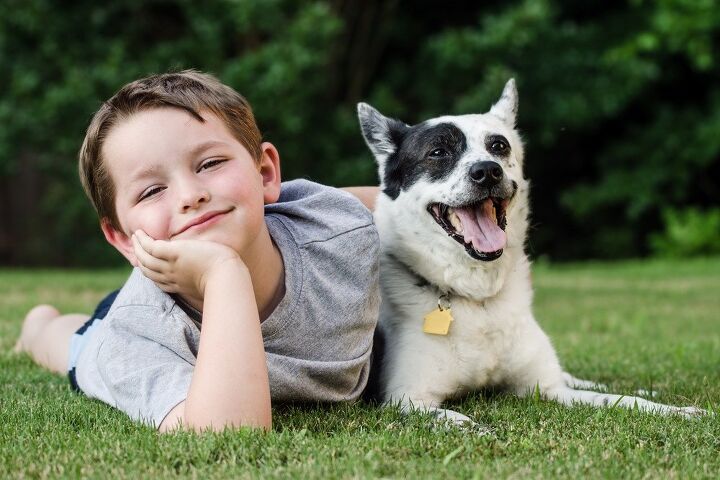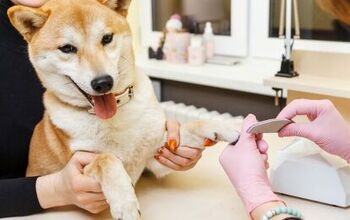Why Dogs Aren’t Toys for Kids

We’ve all seen the YouTube videos with kids opening a big box and out springs their Birthday, Christmas, or Special Occasion present – a brand new puppy. Cute right? Well, not so much if there hasn’t been a long, hard discussion with junior as to what his/her responsibilities will be and how to carefully handle a young animal.
Truth is, each year children are gifted with puppies, kittens, bunnies, and more, and while the moment captured on video is sweet, boredom can soon set in. And unlike a toy that can be tossed into a toy box, you have a live, piddling, pooping, biting, barking little animal that doesn’t care that you’ve moved on to something else for entertainment.
Related: 5 Must Have Dog Books for Kids
So how do you set your kid up for success when it comes to pet ownership? Here are some basic tips that should help not only engage them in the process but help grow these little humans into kind, caring, and compassionate adults.
- Right off the bat, let’s agree that a really young child (say 5 and under) isn’t capable of properly caring for a pet regardless of how much they assure you they will. It isn’t going to happen. As the parent, you need to be prepared to assume responsibility for feeding, walking, and clean-ups. Teaching your little one the importance of ongoing animal care and allowing him/her to help is a great way to start, but never assume that you will eventually be passing all of these chores off to a child. If you do, odds are the pet will end up being neglected.
- Have a family discussion before adopting a pet. You need to have a group consensus about pet care coverage. Work commitments, homework, after-school programs will all claim precious time from an already busy day. Decide on who walks the dog, who feeds the dog, and who will provide back-up coverage when person A is not available.
- Choose an appropriate breed. Little pups grow into big dogs… or into small dogs with big attitudes and loads of energy. If your plan is to involve your child in the walking of your new pet, you need to be thinking about one year down the line – when the pet is nearing maturity and may be capable of breaking free from your kid’s grasp, knocking him over, or dragging him into an unsafe situation such as traffic or aggressive dogs. Choose a size- and energy-appropriate pooch, or consider adopting an older dog that has already been trained and doesn’t have the same high-energy level.
- Set your child up for pet ownership success. Talk about expenses and encourage them to put a small portion of their allowance aside to help with the care of your pooch – maybe it can be used for a fun purchase like a special toy or chew bone that will further engage them in the raising of this family member. Or, consider having them volunteer at an animal shelter, or care for a family member’s dog. If there are pooches in the neighborhood, maybe they could help with walking. These steps will help teach animal handling as well as allow you to gauge your child’s long-term commitment to the process.
- And lastly, there’s a lot to be said for involving your kid in the selection process. Sit down together to research the various breeds of dog – what attributes work and what doesn’t work for your family’s situation. Take some time to visit a local shelter, or check out some of the adoption sites that are looking for good homes for dogs in need. Fostering for a short period of time can also be an option if you’re really sitting on the fence.
Not every life moment is a photo op designed to be shared on social media. Sometimes it’s about helping your child as they build a relationship with, and take on the care of, another living being.

Sharing space with three seriously judgy Schnoodles and a feline who prefers to be left alone. #LivingMyBestLife
More by Mary Simpson























